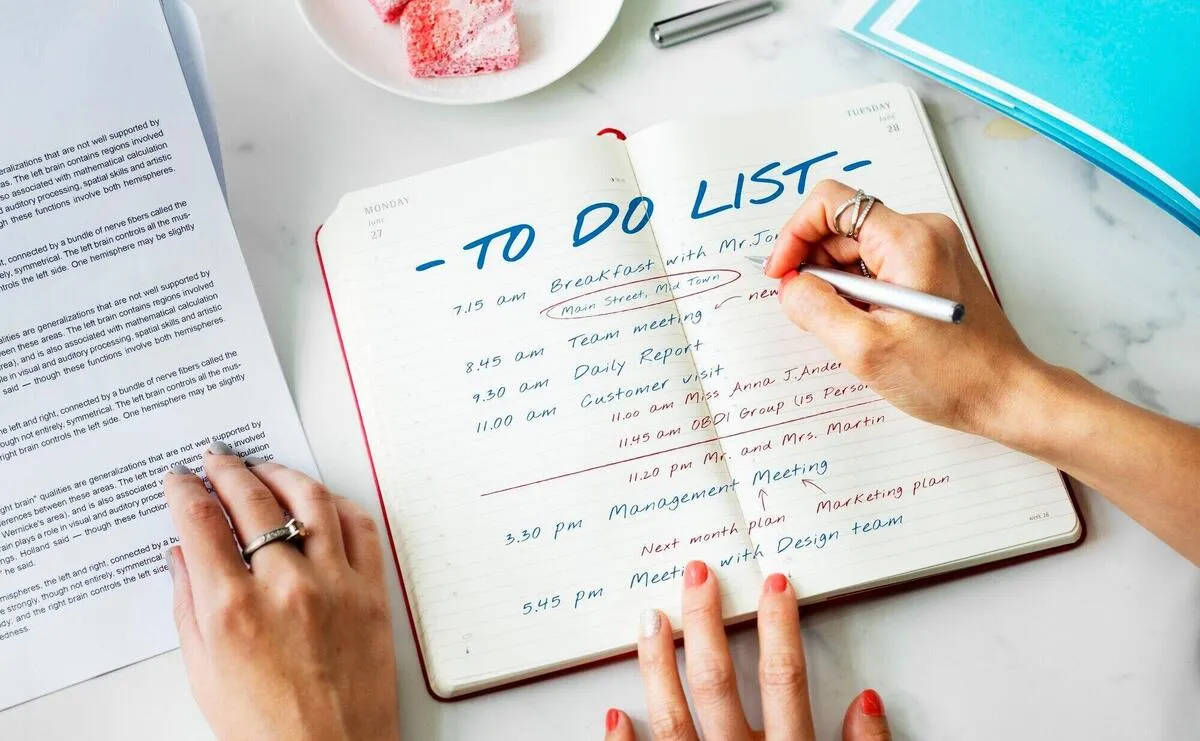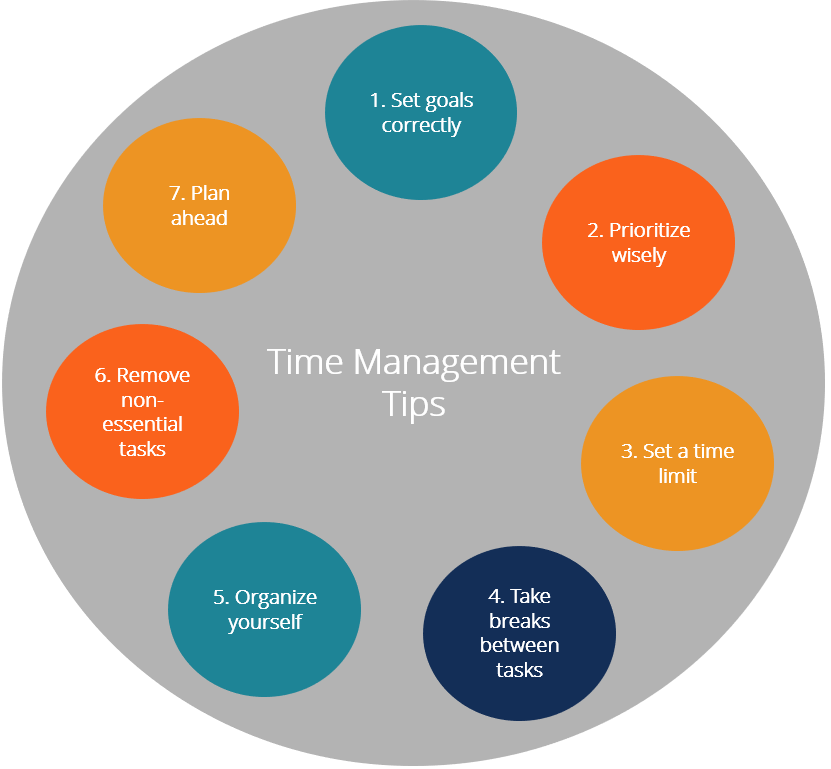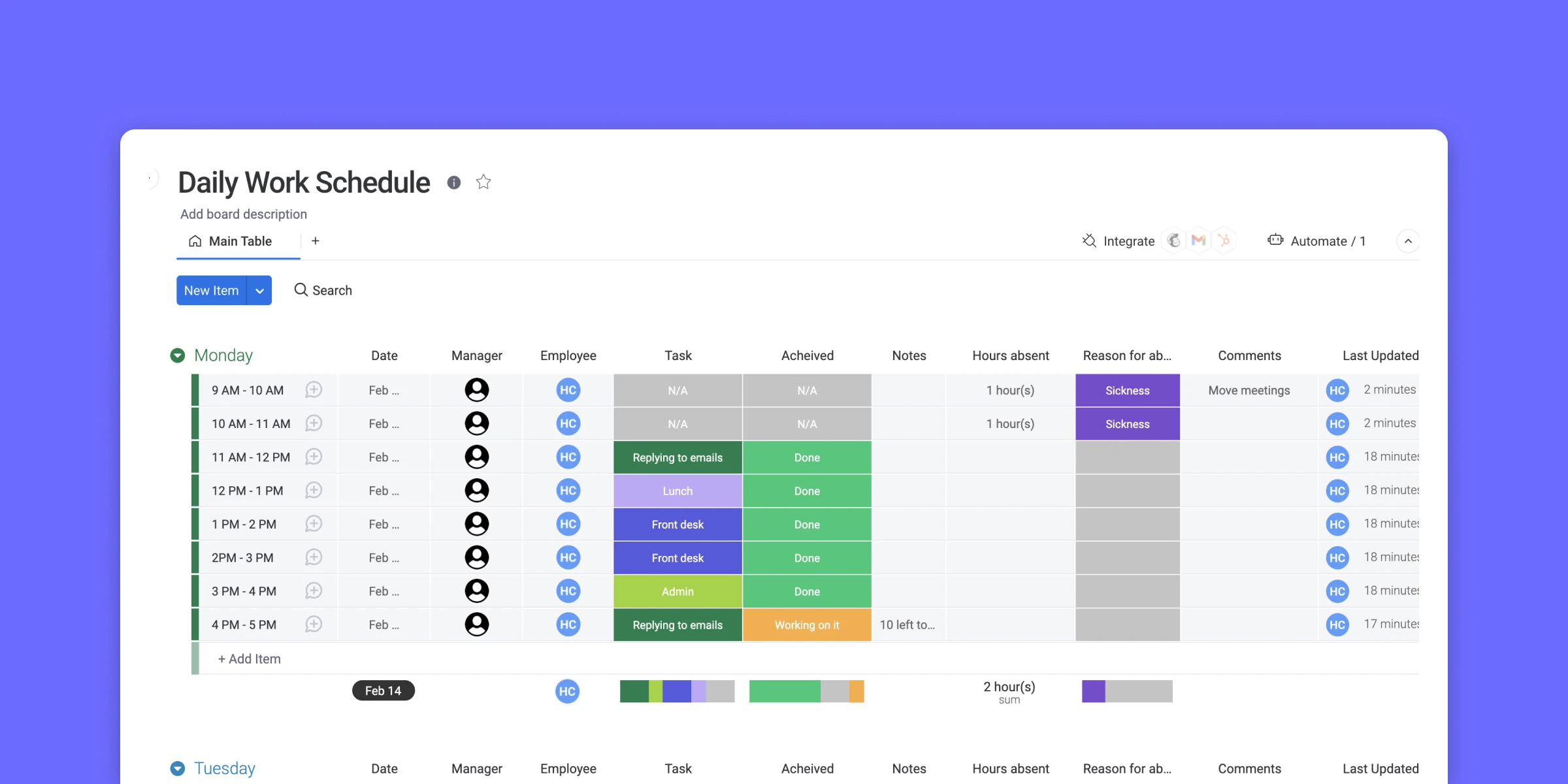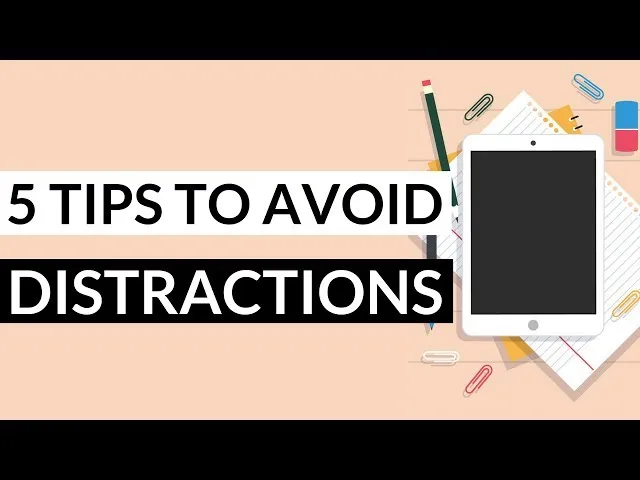In the fast-paced world we live in, productivity is often seen as the key to success. Whether you’re managing a business, advancing in your career, or simply striving to accomplish personal goals, being productive can significantly enhance your quality of life. However, the journey to productivity isn’t always straightforward. It requires a strategic approach and daily habits that optimize your energy, focus, and efficiency. This article explores practical tips and strategies to help you build a daily productivity routine that unlocks your full potential.
1. Start with a Morning Routine: Set the Tone for Your Day
The way you start your morning sets the tone for the rest of the day. A well-structured morning routine can help you feel energized, focused, and ready to tackle any challenge that comes your way.
Key Elements of a Productive Morning Routine:
- Wake Up Early: Give yourself enough time to start your day without feeling rushed. Waking up 30 minutes earlier than usual can provide a sense of calm and allow you to prioritize essential tasks.
- Hydrate: Drink a glass of water as soon as you wake up. This helps rehydrate your body after a night of sleep and kickstarts your metabolism.
- Exercise: Physical activity in the morning can boost your mood, increase energy levels, and improve focus. Whether it’s a quick 10-minute stretch, yoga, or a jog, moving your body early in the day will help you feel more alert.
- Mindfulness or Meditation: Spend a few minutes practicing mindfulness or meditation. This helps clear your mind, reduce stress, and improve mental clarity for the day ahead.
- Plan Your Day: Take time to review your goals and tasks for the day. A clear, prioritized to-do list can make the day feel more manageable and help you stay focused.
2. Prioritize Your Tasks: Focus on What Matters
Once your morning routine is set, the next step is to prioritize your tasks. Productivity isn’t just about getting things done—it’s about getting the right things done. Understanding what needs to be accomplished and organizing your tasks effectively can lead to more meaningful and impactful work.
How to Prioritize Your Tasks:
- Use the Eisenhower Matrix: Divide your tasks into four categories:
- Urgent and Important: Tasks that need immediate attention and are critical to your success.
- Important but Not Urgent: Tasks that are important for long-term goals but don’t require immediate action.
- Urgent but Not Important: Tasks that demand attention but don’t significantly contribute to your long-term success.
- Not Urgent and Not Important: Tasks that are neither urgent nor important. These should be minimized or delegated.
- Tackle Big Tasks First: Start your day with the most challenging or important tasks. This is when your energy and focus are at their peak, and completing a significant task early in the day boosts motivation.
- Break Down Tasks: Large projects can feel overwhelming. Break them into smaller, manageable tasks to avoid feeling paralyzed by the scope of the work. Completing smaller steps provides a sense of accomplishment and keeps you moving forward.
3. Time Blocking: Create Focused Work Intervals
Time blocking is a technique where you dedicate specific chunks of time to different tasks or activities. It helps minimize distractions and ensures that you’re working on the right things at the right time.
How to Implement Time Blocking:
- Identify Key Tasks: Based on your priorities, identify the most important tasks for the day.
- Block Time for Deep Work: Set aside uninterrupted time for focused, high-concentration tasks. This might include brainstorming, writing, or working on projects that require intense focus.
- Include Breaks: Time blocks should include short breaks to help maintain energy levels. The Pomodoro technique, which involves working for 25 minutes followed by a 5-minute break, is a popular method.
- Avoid Multitasking: During your time blocks, avoid switching between tasks. Multitasking can reduce efficiency and increase mental fatigue.
By creating clear boundaries around each task, you can improve your concentration and prevent procrastination.
4. Take Regular Breaks: Recharge and Refresh
While it might seem counterproductive, taking regular breaks is essential for maintaining high levels of productivity throughout the day. Working for long periods without rest can lead to burnout, mental fatigue, and reduced performance.
The Importance of Breaks:
- Increased Focus: Short breaks give your brain time to recharge, which improves your ability to focus when you return to work.
- Improved Creativity: Stepping away from a task allows your mind to rest and come up with new ideas when you return.
- Physical Health: Sitting for long periods can lead to physical discomfort and health issues. Breaks encourage movement and help prevent muscle strain and fatigue.
Some effective break techniques include:
- Stretching: Stand up, stretch your muscles, and walk around.
- Mindful Breathing: Practice deep breathing or short meditation to clear your mind.
- Walk Outside: A quick walk outside can refresh both your body and mind.
5. Eliminate Distractions: Stay Focused
Distractions are one of the greatest productivity killers. Whether it’s social media, email, or phone notifications, it’s important to minimize interruptions while you work.
Tips for Minimizing Distractions:
- Turn Off Notifications: Disable notifications for emails, social media, and apps that can pull your attention away from important tasks.
- Create a Dedicated Workspace: Set up a clean, quiet area to work where distractions are minimized. Keep your workspace organized to avoid unnecessary clutter.
- Set Boundaries with Others: If possible, communicate with colleagues, friends, or family about your work hours and the importance of minimizing interruptions during those times.
6. Stay Organized: Declutter Your Environment
An organized environment can have a significant impact on your ability to stay productive. A cluttered workspace can make it difficult to focus, and disorganization often leads to wasted time.
How to Stay Organized:
- Declutter Your Desk: Keep only essential items on your desk. A clean workspace reduces stress and helps you stay focused.
- Use Digital Tools: Utilize apps and software to organize tasks, set reminders, and track deadlines. Tools like Trello, Asana, and Google Calendar can help keep you on top of tasks.
- Prepare the Night Before: Spend a few minutes at the end of each day planning for the next day. This includes reviewing your to-do list, setting priorities, and organizing your workspace.
7. End Your Day with Reflection: Evaluate and Improve
As your day comes to a close, take a moment to reflect on your productivity. Did you accomplish what you set out to do? What went well, and what could be improved?
How to Reflect on Your Day:
- Review Your To-Do List: Reflect on your completed tasks and cross off what you’ve accomplished. Recognize your progress, no matter how small.
- Learn from Mistakes: If you didn’t meet certain goals, consider why. Were there any distractions? Did you underestimate the time needed? Use this insight to improve your routine.
- Celebrate Small Wins: Celebrate your successes, no matter how small they may seem. This will help you stay motivated and build momentum for the next day.
Conclusion: Building a Routine for Success
Creating a daily productivity routine is about consistency and discipline. By following a structured routine that incorporates effective time management, focus, breaks, and self-reflection, you can unlock your potential and achieve your goals more efficiently.
Start small, implement these tips, and gradually refine your routine to suit your needs. Over time, you’ll see a significant improvement in your productivity, allowing you to take on bigger challenges and reach greater levels of success.




